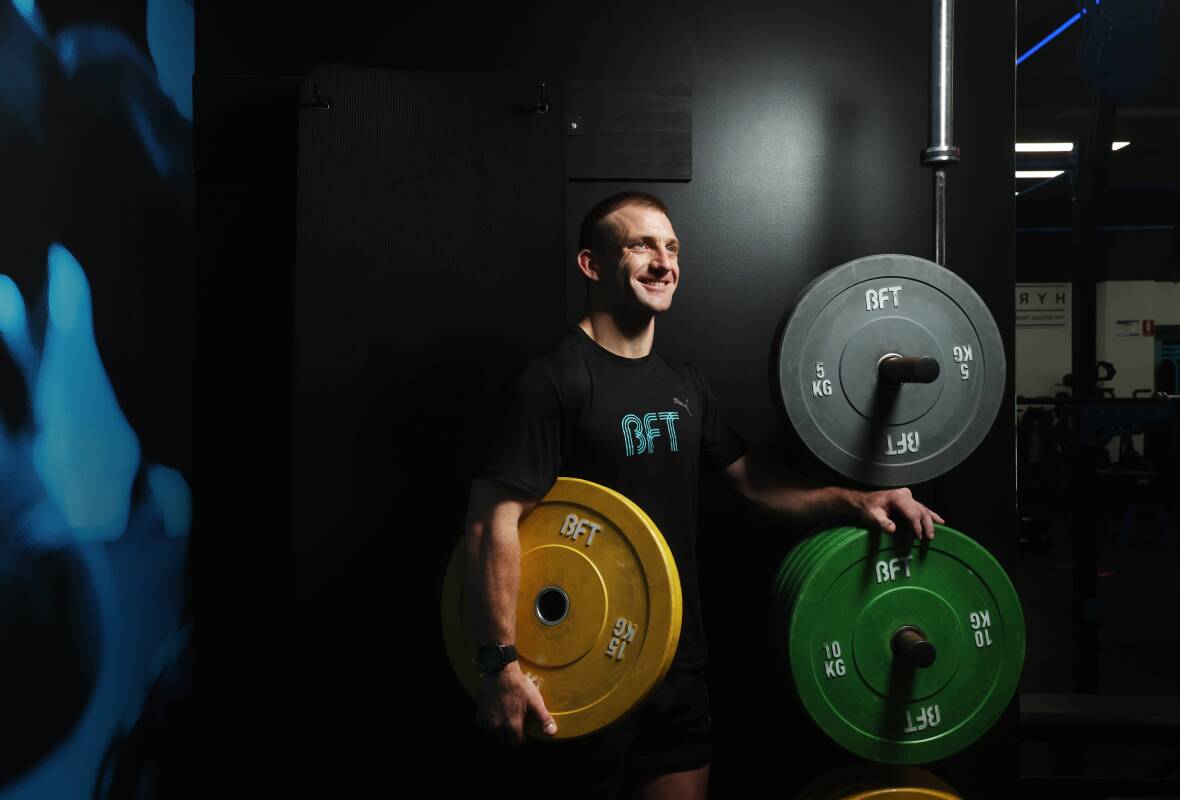
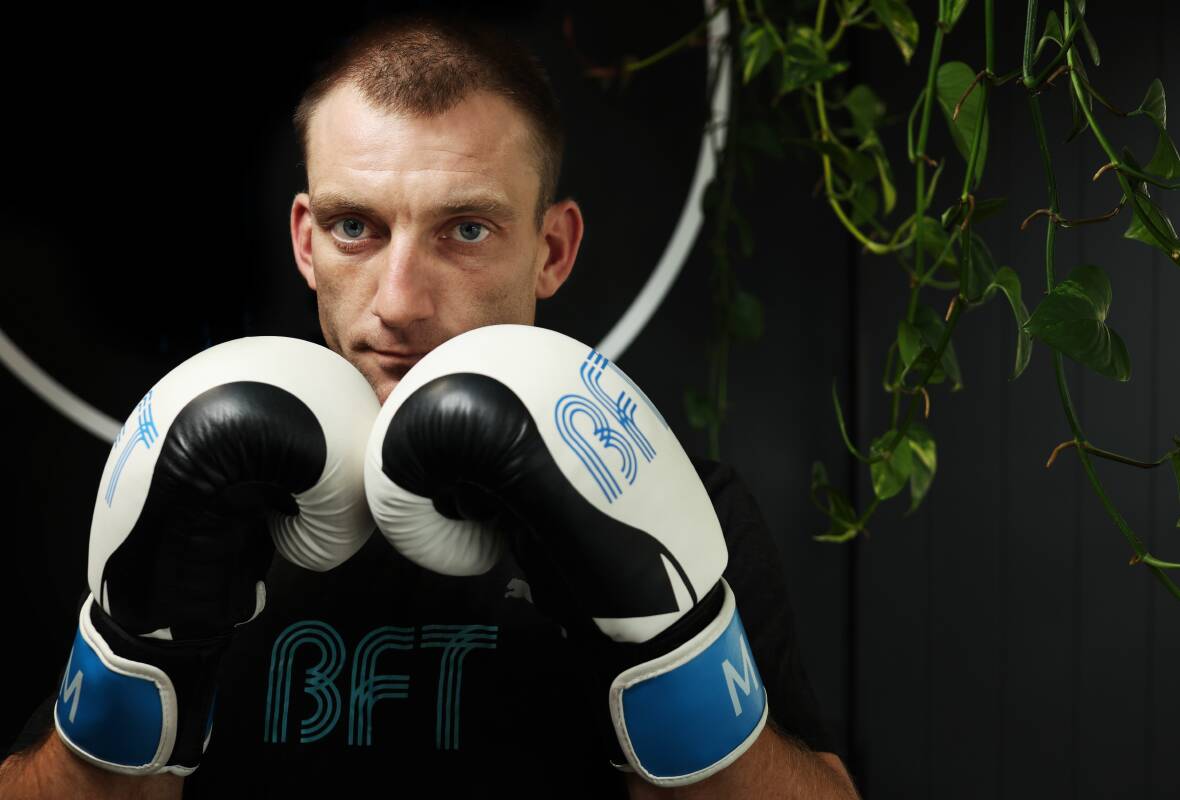
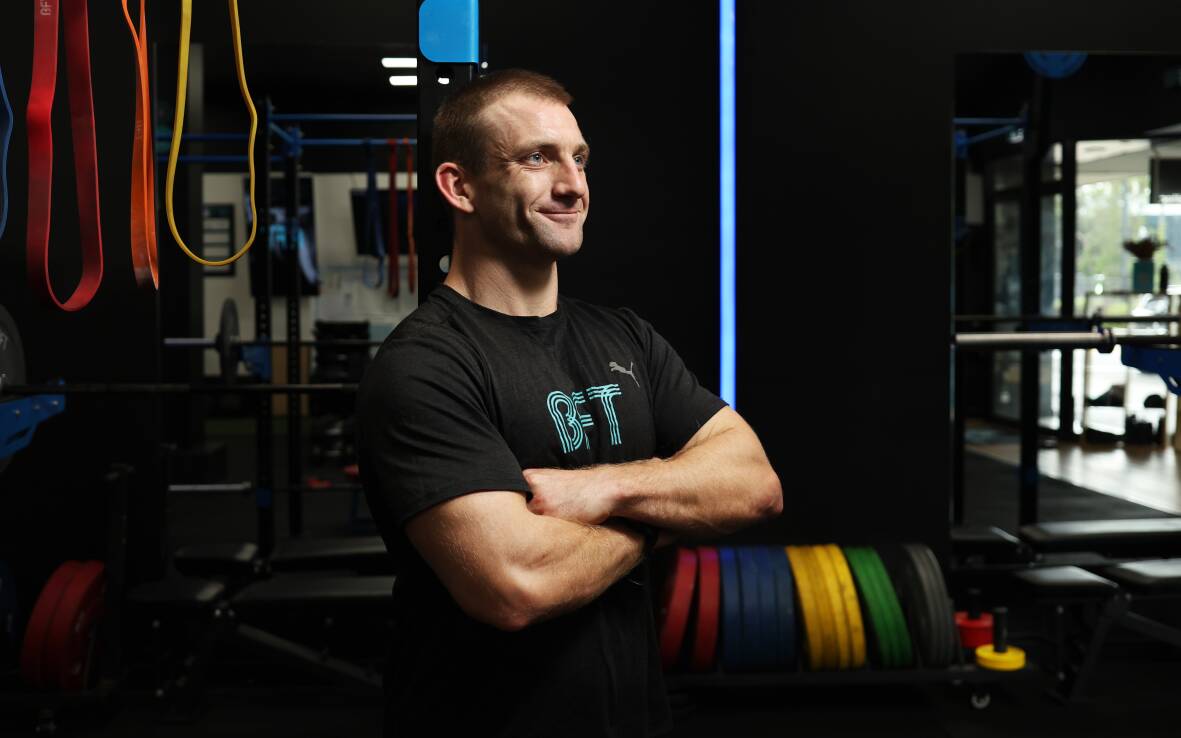
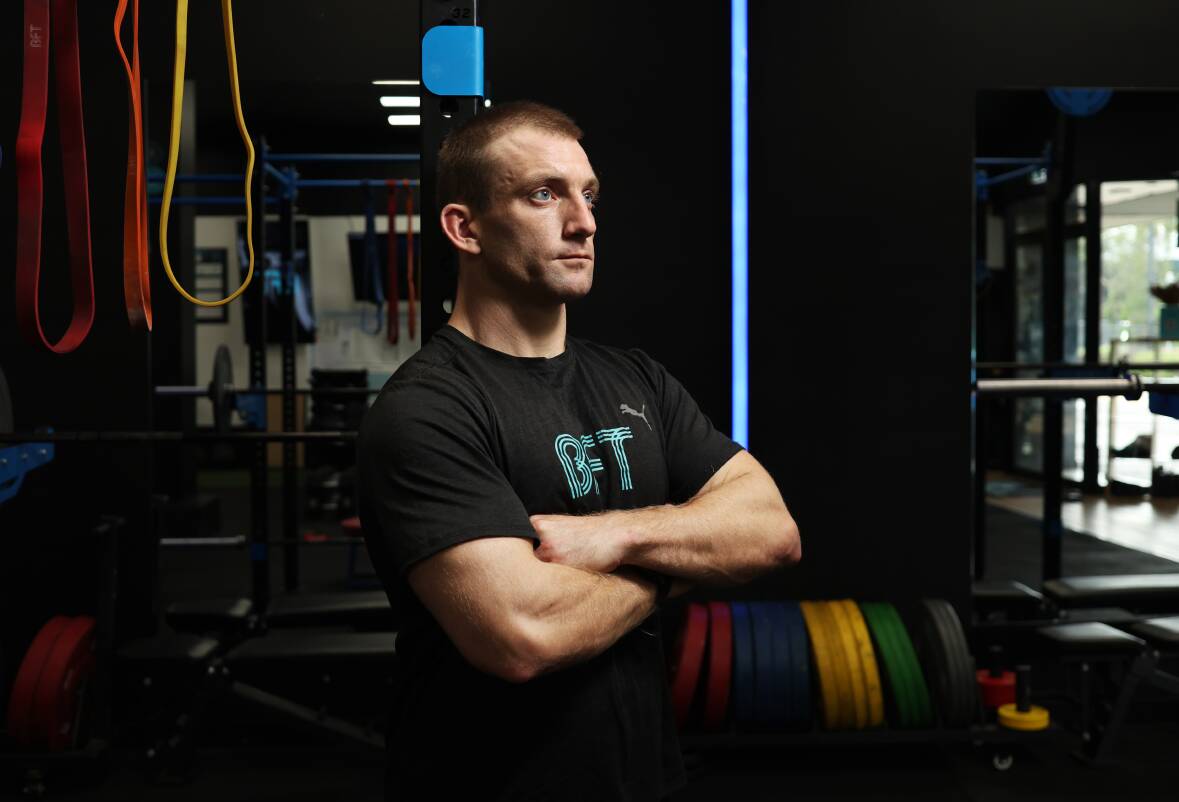
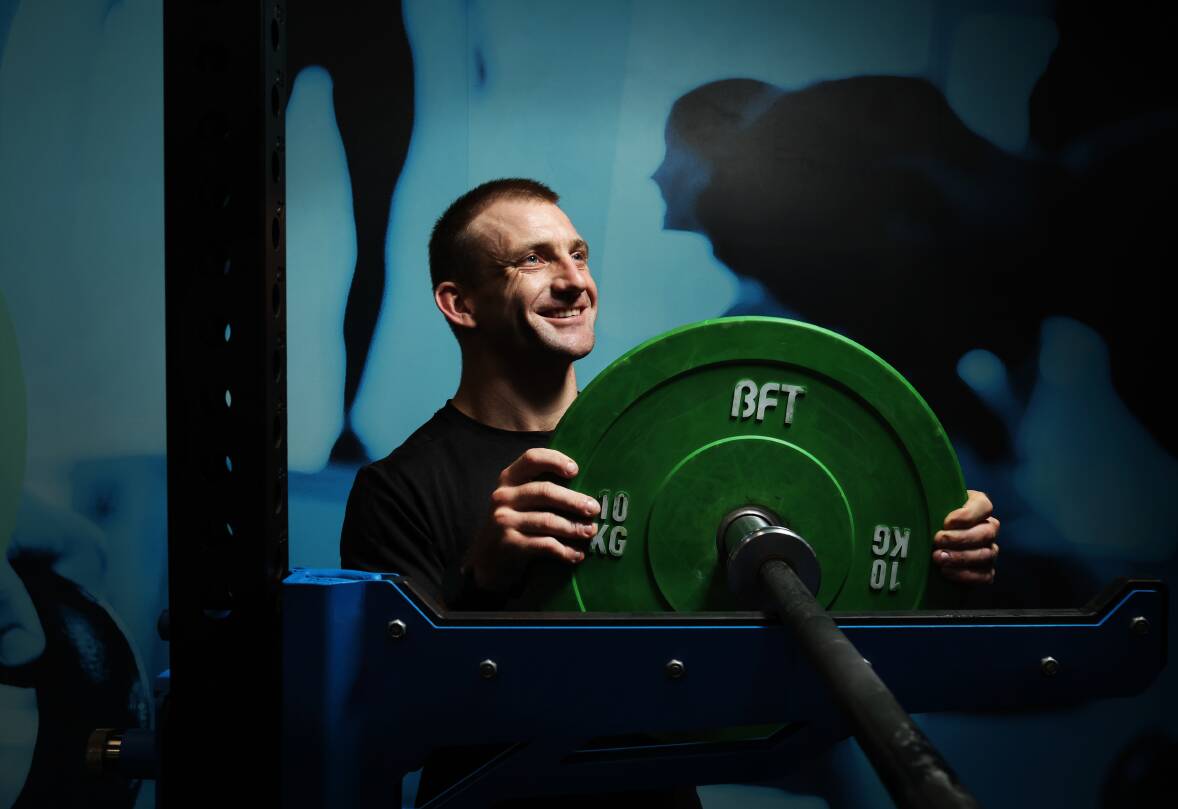
When Newcastle's Jack Di Tommaso had a stroke three months ago, paramedics used a brain-scanning helmet to diagnose him quickly.
The 27-year-old became part of a NSW government trial of Hunter patients that aims to improve their chances of recovery.
The helmets, which detect bleeding in the brain, promise to do for stroke what defibrillators did for cardiac care.
Minister for Regional Health Ryan Park said the helmet enabled "faster stroke diagnosis and treatment".
Mr Park said stroke was "one of Australia's biggest killers".
"More patients stand to benefit from timely stroke interventions in the vital golden hour," Mr Park said.
Treatment in the first hour of a stroke is crucial, given every minute of delay means the loss of neurons.
NSW Ambulance paramedics are using the helmet in the Hunter for rapid assessment and triage of stroke patients.
The device, named the Strokefinder MD100 helmet, uses microwave technology. It was adapted from military applications.
When Mr Di Tommaso had his stroke, he agreed to be part of the helmet trial.
"The team of paramedics were incredible. They threw the helmet on and it did its thing - telling them it was a clot in the front left side of my brain," he said.
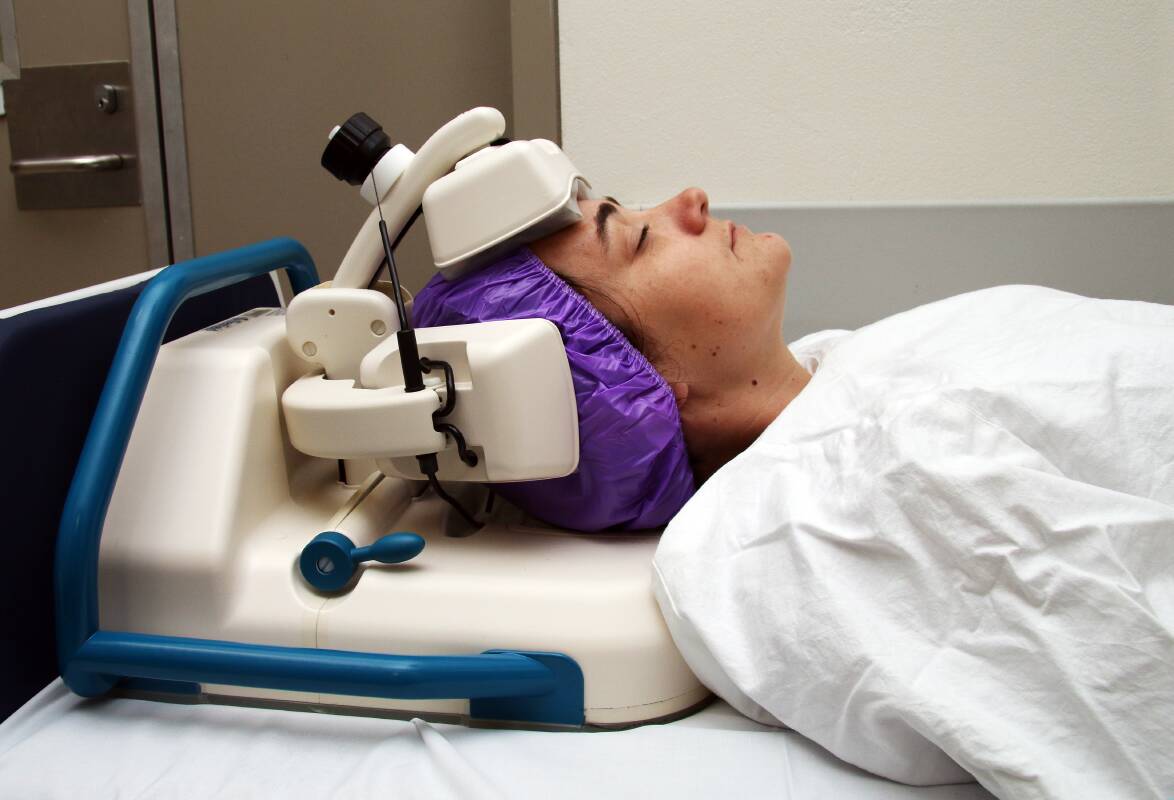
NSW Ambulance Commissioner Dominic Morgan said the technology was "fast to operate and performs multiple brain measurements in 60 seconds".
When paramedics use the helmet, the information is logged in a telehealth app.
As in Mr Di Tommaso's case, they then speak to a neurologist on a video phone app for diagnosis.
He was taken to John Hunter Hospital, where a stroke treatment team was ready to go.
Minister for the Hunter Yasmin Catley said regional Australians were "17 percent more likely to suffer a stroke than those in metropolitan areas".
In the Hunter New England Health district, about "1500 residents experience a stroke each year", Ms Catley said.
"It makes sense that a trial like this would take place here."
Mr Di Tommaso, a Newcastle gym owner, completed a marathon two days before his stroke.
He was boxing in the gym when the incident happened.
"I started to feel a bit dizzy and disorientated," he said.
"I couldn't get the boxing glove on my right arm, my right side wasn't talking to me.
"I didn't think anything of it. My mate looked at me and realised the right side of my face had dropped."
He lost his speech and function on his right side soon after.
The helmet - along with the paramedics and stroke team - helped him make "a full recovery".
Hunter Medical Research Institute, which has been researching the helmets since 2015, will evaluate their feasibility in pre-hospital care.
Preliminary data showed almost all stroke patients involved in the trial were scanned within an hour of a triple-zero call.
NSW Minister for Medical Research David Harris said the results of the trial had been remarkable, given the status quo.
"Less than five per cent of stroke patients in Australia undergo a hospital CT scan within an hour of suffering a stroke," Mr Harris said.
John Hunter Hospital neurologist Chris Levi said clinicians and researchers were working together to refine the "stroke detection system" and "optimise care".
Before his stroke, Mr Di Tommaso had been working long hours in the gym, didn't refill his script for blood thinners on time and missed some doses.
"I ran the marathon in Melbourne thinking I was invincible," he said.
These factors, including flying and dehydration, thickened the blood and caused a clot.
"They reckon it was a perfect storm."
His health history included a heart murmur, a pig heart valve implanted at age nine and mechanical heart valve from age 15.







